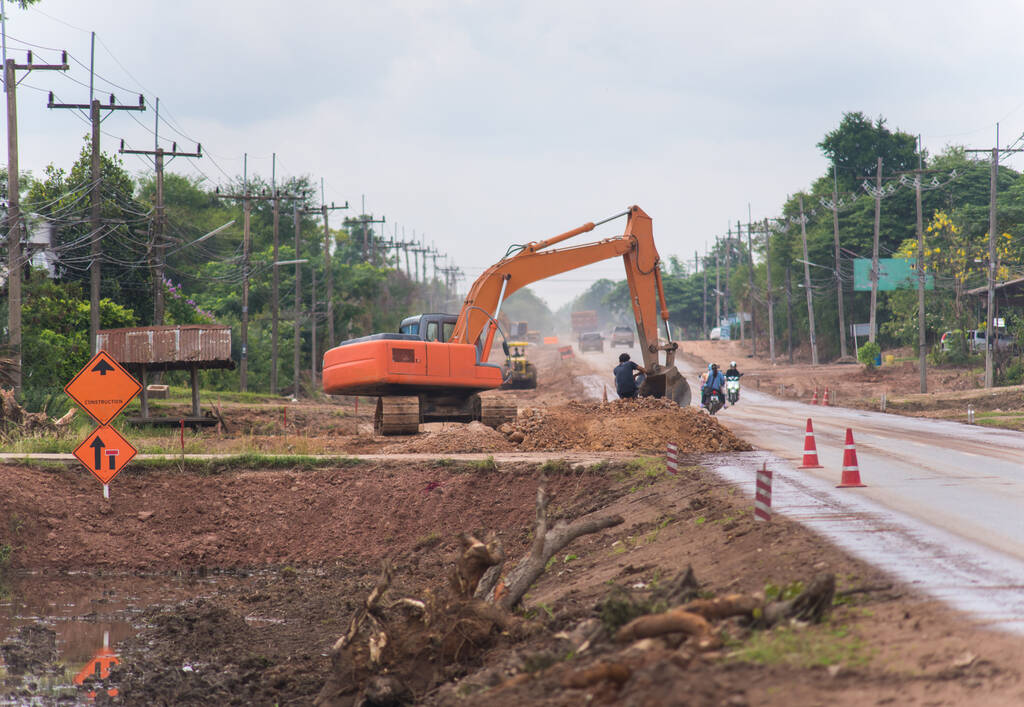Maximising Cash Flow in Construction: The Role of Unsecured Business Lines of Credit
Construction companies often face the challenge of covering substantial project costs upfront, while payment for their work may not arrive until much later. This situation creates significant cash flow gap issues. To bridge this gap, contractors frequently explore various financing options, with lines of credit being a notable choice. This post will explore how unsecured business lines of credit can help improve construction firms’ cash flow and support their stability and growth.
Key Takeaways of How Unsecured Lines of Credit Help Boost Cash Flow in Construction
| Key Point | Description |
|---|---|
|
The Challenge: Cash Flow Issues in Construction
|
Construction firms often face significant cash flow issues due to delayed payments, poor timing of cash inflows and outflows, disputes, retentions and contractors going out of business.
|
|
The Solution: Unsecured Lines of Credit for Construction Businesses
|
Unsecured business lines of credit offer a flexible, asset-free financing solution for construction companies, allowing them to address cash flow issues while maximising their business growth opportunities.
|
|
The Advantages of Unsecured Overdrafts
|
darkhorsefinancial.com.au offers unsecured lines of credit that can come with benefits like faster approval processes, low documentation requirements, availability for companies that cannot qualify with banks, and no establishment fees.
|
The Challenge: Cash Flow Issues in Construction
Like most businesses, construction companies require a steady, positive cash flow to fund projects, pay workers on time and capitalise on opportunities to grow their firms. However, late payments plague the construction sector. With the nature of this industry, one late payment in a single project can easily affect other projects.
Delayed payments
Delayed payments can significantly impact a construction company’s cash flow, especially for projects paid in lump sums. But even with progress payments, many contractors still find it difficult to receive payments on time.
For instance, in Queensland, contractors are entitled to receive progress payments for standard payment claims within 15 business days after a claim is made. But that period may be extended if the client or respondent disagrees wholly or partially with the amount stated or finds contractual performance issues. Instead of paying in full, they will respond with a payment schedule, which contractors may dispute. The adjudication process can be lengthy and not to mention costly. The average late payment time in construction is 10.3 days and could even bloat out to 20 days.


Poor timing of cash inflows and outflows
In connection with delayed payments, poor timing of cash inflows and outflows also affects the construction sector in Australia. If construction firms settle their bills and pay their suppliers before being paid by their customers, that mismatch in the timing can result in negative cash flow. Employing efficient accounting software can greatly assist in synchronising the accounts receivables and accounts payables. Cash flow lending solutions, like unsecured lines of credit, can also be beneficial.
Excessive inventory
Apart from late payments, too much inventory impacts a construction firm’s cash flow. It can tie up immediate cash and incur additional carrying costs like storage fees. While the firm may use these extra supplies and materials for another project in the future, it has to bear the upfront cost, which can cut into its cash reserves. Better inventory forecasting can avoid all this; contractors should purchase what’s only needed at the time. If they need additional inventory, it also helps if they tap into financing solutions, like unsecured lines of credit, rather than their cash reserves.


Litigation issues
Challenges like mismanagement or unrealistic client demands can lead to disputes in construction projects, often resulting in delayed payments or non-payment. This doesn’t only impact cash flow but also necessitates legal action, such as litigation or arbitration, to resolve payment issues. As mentioned above, these legal processes can be expensive and time-consuming. Additionally, contractors may face lawsuits from clients. To reduce the risk of such legal complications, it’s important to have a detailed construction contract that specifies dispute resolution methods.
The Solution: Unsecured Lines of Credit for Construction Businesses
Also known as a business overdraft or revolving line of credit, an unsecured line of credit is a working capital solution that can help businesses of all sizes—including construction companies. It’s a credit facility that provides instant access to cash, which businesses can withdraw, repay and re-borrow within the agreed period. Here are different ways unsecured business lines of credit benefit construction firms:

Preserve Cash Reserves
Instead of using cash reserves to purchase materials and equipment, contractors can finance these expenses through unsecured lines of credit and other construction business loans. This approach helps maintain a healthy cash balance for other operational needs and unexpected expenses, ensuring continuous business operations.

Asset-Free Financing
An unsecured line of credit provides financial support without requiring assets as security. This feature is particularly beneficial for contractors who may not have substantial assets to offer as security or prefer not to tie up their assets in loans.

Flexible Usage
Contractors can draw from the available funds as needed, making unsecured lines of credit a versatile tool for addressing cash flow fluctuations. These funds can be allocated to various business expenses, including payroll, equipment purchases, operational costs, and material procurement.

Interest on Utilised Funds Only
With an unsecured line of credit, interest is charged only on the amount drawn—not the entire credit limit. This means contractors pay interest solely on the funds they use, making it a cost-effective financing option.

No Prepayment Penalties
Unlike some loan types, unsecured lines of credit allow contractors to pay off the outstanding balance at any time without incurring prepayment penalties. This flexibility is advantageous for better debt management and financial planning.
The Advantages of Unsecured Overdrafts from darkhorsefinancial.com.au
Unsecured lines of credit can be truly beneficial to construction companies in Australia. Plus, unsecured overdrafts offered through darkhorsefinancial.com.au come with additional benefits, including a faster approval process compared to traditional banks, low documentation requirements for applications up to $500,000, and availability even for businesses previously declined by banks. These lines of credit may feature a five-year term and no establishment fees, saving business owners potentially thousands of dollars.
So, if you’re ready to maximise your business’s cash flow in the construction sector, reach out to us today. We’ll guide you in applying and obtaining a line of credit.





